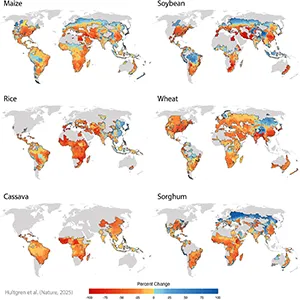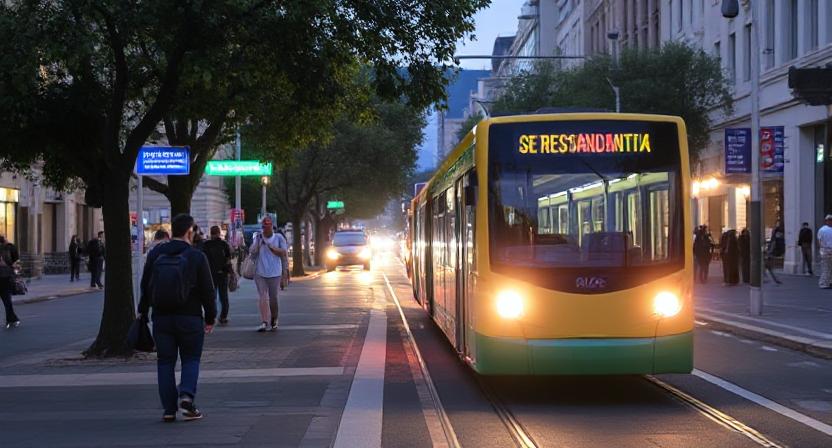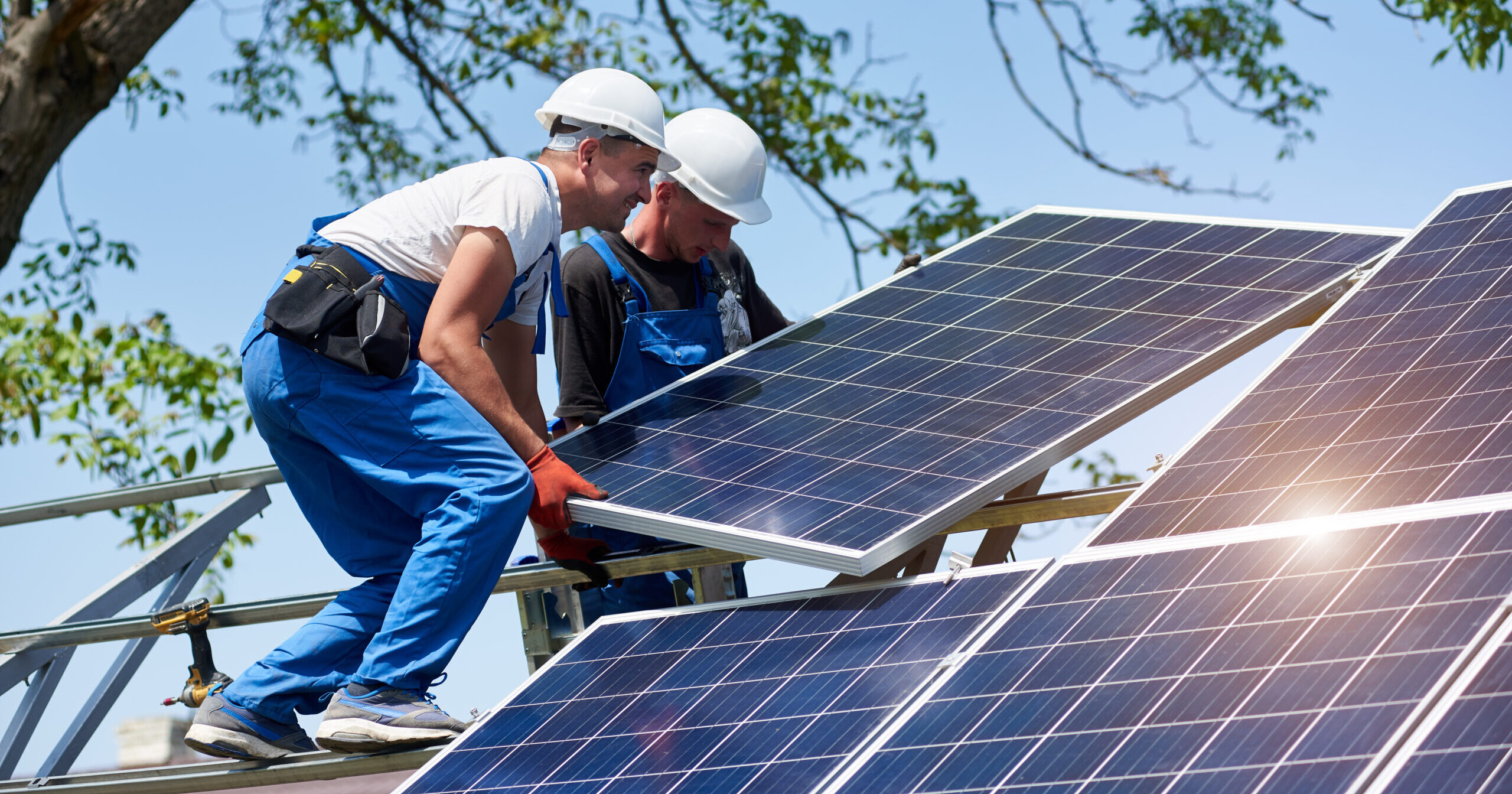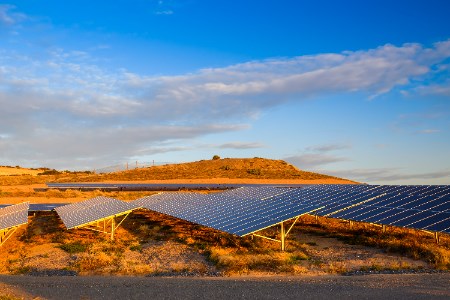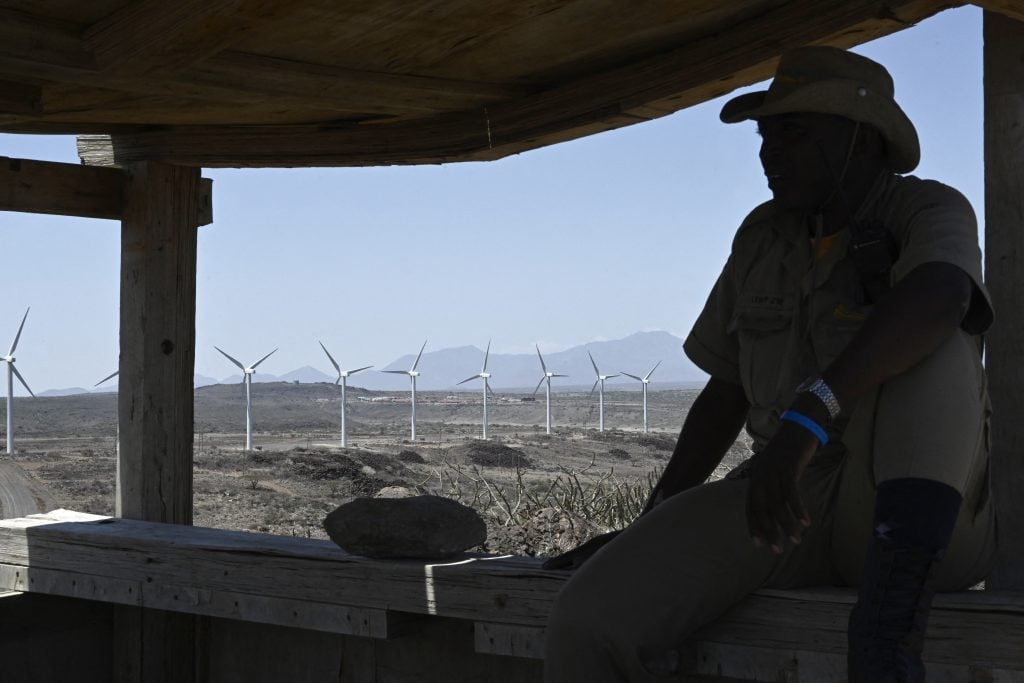Bladeless Wind Turbines Offer Potential for Efficient, Renewable Energy Production – American Composites Manufacturers Association

Report on Bladeless Wind Turbine Innovation and Contribution to Sustainable Development Goals
Introduction: Addressing Challenges in Renewable Energy Generation
The global pursuit of Sustainable Development Goal 7 (SDG 7: Affordable and Clean Energy) has accelerated the adoption of wind energy. However, conventional wind turbine technology presents significant challenges that conflict with other sustainability targets. These include issues related to land use, particularly in urban environments, impacting SDG 11 (Sustainable Cities and Communities), and the end-of-life recycling of turbine blades, which poses a challenge to SDG 12 (Responsible Consumption and Production). Research into Bladeless Wind Turbines (BWTs) aims to provide an innovative solution that addresses these shortcomings while advancing climate action goals.
Technological Innovation and Operational Principles
Researchers at the University of Glasgow’s James Watt School of Engineering are pioneering advancements in BWT technology, a critical innovation for building resilient and sustainable infrastructure as outlined in SDG 9 (Industry, Innovation, and Infrastructure). Unlike traditional turbines that rely on rotating blades, BWTs operate on a different principle.
- Core Structure: A BWT consists of a cylinder, typically constructed from resin-reinforced carbon fiber or glass fiber, which is anchored to the ground via a rod.
- Energy Generation Mechanism: Power is generated through vortex-induced vibration. When wind strikes the stationary cylinder, it creates oscillating movements.
- Energy Conversion: This mechanical energy from the oscillation is captured and converted into electrical energy by an internal generator, providing a clean power source in line with SDG 7 and SDG 13 (Climate Action).
Key Research Findings and Optimal Design
Through extensive computer simulations, the engineering team identified an optimal design for BWTs that maximizes power generation while ensuring structural integrity. This research is crucial for accelerating the transition from prototype to commercially viable technology.
- Optimal Structure Identified: The most efficient design was determined to be a mast measuring 80cm in height and 65cm in diameter.
- Power Output Advancement: While early prototypes delivered a maximum of 100 watts, the simulated optimal design demonstrated a capacity of 460 watts.
- Scalability for Utility Use: The research indicates that when scaled to utility-grade systems, BWTs could generate 1 kilowatt or more, making them a practical component of the world’s renewable energy portfolio.
- Efficiency vs. Power Output: A key finding, articulated by Dr. Wrik Mallik, is that the structure with the highest energy extraction efficiency is not the same as the one with the highest power output. The research identified the ideal balance between these variables.
Direct Impact on Sustainable Development Goals (SDGs)
The development of BWTs represents a significant contribution to multiple Sustainable Development Goals by offering a more holistic approach to clean energy.
- SDG 7 (Affordable and Clean Energy): BWTs provide a novel pathway to harness wind power, potentially increasing access to clean energy in locations unsuitable for traditional turbines.
- SDG 9 (Industry, Innovation, and Infrastructure): This research exemplifies the innovation required to build next-generation sustainable infrastructure, fostering industrial development in green technologies.
- SDG 11 (Sustainable Cities and Communities): With a smaller physical footprint and reduced spatial requirements, BWTs are highly suitable for integration into urban environments, helping cities become more sustainable and resilient.
- SDG 12 (Responsible Consumption and Production): By eliminating blades, BWTs address a major recycling challenge in the wind industry, promoting more sustainable production and consumption patterns for energy infrastructure.
- SDG 13 (Climate Action): As a viable renewable energy alternative, BWTs directly support the global effort to reduce carbon emissions and achieve net-zero targets.
Conclusion and Future Outlook
The research conducted by the James Watt School of Engineering provides a clear and efficient design pathway for the development of Bladeless Wind Turbines. As noted by Professor Sondipon Adhikari, these findings can help reduce the guesswork in prototyping and accelerate industrial adoption. By advancing a technology that aligns closely with the principles of sustainable development, BWTs are poised to become a valuable tool in the global effort to achieve a sustainable, net-zero future, thereby addressing the interconnected goals of clean energy, sustainable cities, responsible production, and climate action.
1. Which SDGs are addressed or connected to the issues highlighted in the article?
SDG 7: Affordable and Clean Energy
The article directly addresses this goal by focusing on the development and optimization of Bladeless Wind Turbines (BWTs). The research aims to make BWTs a “practical alternative for renewable energy systems,” contributing to the global push for clean energy sources.
SDG 9: Industry, Innovation, and Infrastructure
This goal is central to the article, which details a specific technological innovation from the University of Glasgow’s James Watt School of Engineering. The research on an “optimal design for BWTs” and the hope that it will “spur industry to develop new prototypes” highlights the connection to enhancing scientific research, upgrading technological capabilities, and promoting sustainable industrial innovation.
SDG 13: Climate Action
The article implicitly connects to this goal by presenting the research as a tool for climate change mitigation. The concluding quote mentions the potential for BWTs to become “a more useful part of the world’s toolbox for achieving net-zero through renewables,” which is a primary strategy for taking urgent action to combat climate change.
2. What specific targets under those SDGs can be identified based on the article’s content?
-
SDG 7: Affordable and Clean Energy
- Target 7.2: By 2030, increase substantially the share of renewable energy in the global energy mix. The article supports this target by exploring a novel technology (BWTs) designed to be a “practical alternative for renewable energy systems,” thus contributing to the diversification and expansion of renewable energy sources.
- Target 7.a: By 2030, enhance international cooperation to facilitate access to clean energy research and technology, including renewable energy… and promote investment in energy infrastructure and clean energy technology. The research conducted by the University of Glasgow is a direct example of advancing clean energy research and technology, with the stated aim of helping “bring BWTs closer to becoming a more useful part of the world’s toolbox.”
-
SDG 9: Industry, Innovation, and Infrastructure
- Target 9.4: By 2030, upgrade infrastructure and retrofit industries to make them sustainable, with increased resource-use efficiency and greater adoption of clean and environmentally sound technologies and industrial processes. The development of more efficient BWTs represents a “clean and environmentally sound technology” that could be adopted to upgrade energy infrastructure. The research focuses on maximizing efficiency, which aligns with the goal of “increased resource-use efficiency.”
- Target 9.5: Enhance scientific research, upgrade the technological capabilities of industrial sectors in all countries… encouraging innovation. The entire article is about a scientific research project from a university that aims to “spur industry to develop new prototypes.” This directly contributes to enhancing scientific research and encouraging innovation in the renewable energy sector.
-
SDG 13: Climate Action
- Target 13.2: Integrate climate change measures into national policies, strategies and planning. While the article doesn’t discuss policy, the technology it describes is a tool that enables the implementation of climate action strategies. The development of efficient renewable energy technologies like BWTs is essential for “achieving net-zero,” a key component of climate strategies.
3. Are there any indicators mentioned or implied in the article that can be used to measure progress towards the identified targets?
Yes, the article mentions or implies several quantitative and qualitative indicators:
- Power Generation Capacity (Indicator for Target 7.2): The article provides specific measurements of power output. It states that “prototypes delivered a maximum of 100 watts,” the “simulation of the ideal BWT delivered a maximum of 460 watts,” and scaled-up systems “could generate 1 kilowatt or more.” These figures serve as direct indicators of the technology’s contribution to renewable energy generation.
- Energy Extraction Efficiency (Indicator for Target 9.4): The research explicitly aims to identify the “structure with the highest efficiency for extracting energy.” Measuring and comparing the efficiency of different BWT designs is a key indicator of technological advancement and resource-use efficiency.
- Investment in and Development of Prototypes (Indicator for Target 9.5): The article expresses the hope that the research will “spur industry to develop new prototypes of BWT designs.” The number of new prototypes developed and the investment directed towards BWT technology following this research would be a clear indicator of progress in innovation.
4. Create a table with three columns titled ‘SDGs, Targets and Indicators” to present the findings from analyzing the article.
| SDGs | Targets | Indicators |
|---|---|---|
| SDG 7: Affordable and Clean Energy | 7.2: Increase substantially the share of renewable energy in the global energy mix. | Power output of BWTs (measured in watts and kilowatts). |
| SDG 9: Industry, Innovation, and Infrastructure | 9.4: Upgrade infrastructure… with increased resource-use efficiency and greater adoption of clean and environmentally sound technologies.
9.5: Enhance scientific research… encouraging innovation. |
The identified “highest efficiency for extracting energy” of the BWT design.
Development of new industrial prototypes based on the research findings. |
| SDG 13: Climate Action | 13.2: Integrate climate change measures into national policies, strategies and planning. | Contribution of BWT technology to “achieving net-zero through renewables.” |
Source: acmanet.org

What is Your Reaction?
 Like
0
Like
0
 Dislike
0
Dislike
0
 Love
0
Love
0
 Funny
0
Funny
0
 Angry
0
Angry
0
 Sad
0
Sad
0
 Wow
0
Wow
0





































![Lancaster homeowner’s energy-efficient renovation sparks clash over historic preservation [Lancaster Watchdog] – LancasterOnline](https://bloximages.newyork1.vip.townnews.com/lancasteronline.com/content/tncms/assets/v3/editorial/9/ed/9ed03d32-c902-44d2-a461-78ad888eec38/69050b156baeb.image.png?resize=150,75#)





















